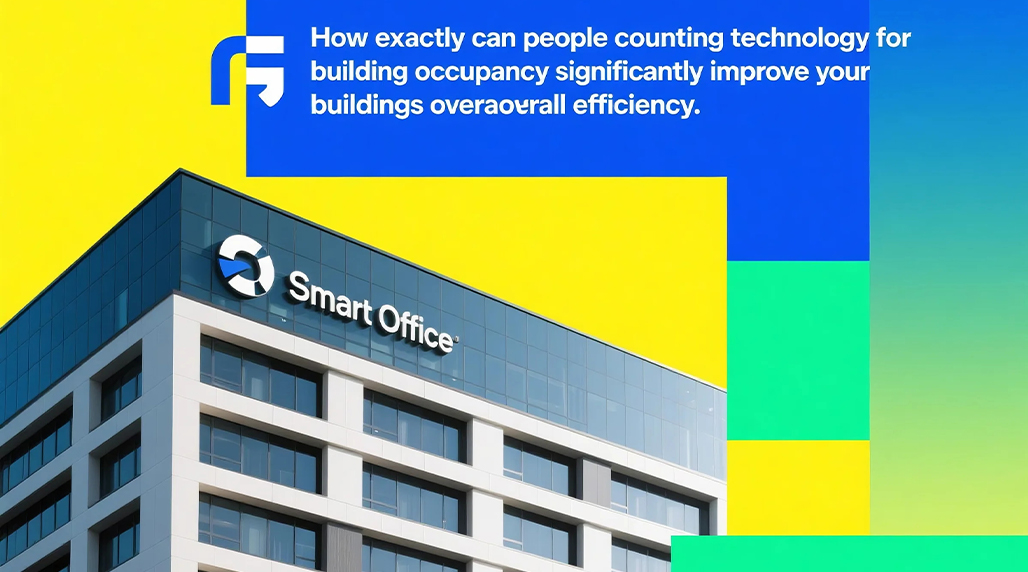Okay, let’s talk about getting this people counting thing working in our building. It started because, honestly, it felt like we were burning cash heating and cooling empty rooms. Seemed dumb. We needed to figure out how many people were actually in the place at different times.

Getting Started – What to Use?
First thing, I had to figure out how to count people. Looked around a bit. You got your fancy camera systems, Wi-Fi tracking stuff, thermal sensors, basic break-beams… tons of options.
- Cameras seemed like overkill, plus folks get weird about cameras everywhere.
- Wi-Fi tracking? Nah, not everyone has Wi-Fi on, and it felt a bit too techy and maybe unreliable for just a simple count.
- Break-beams, like at the supermarket? Too easy to fool, two people walk through together, counts as one.
So, I landed on trying out those overhead sensors. Some use infrared, some are like simple cameras pointing straight down. Seemed like a decent middle ground. Less creepy than regular cameras, hopefully more accurate than beam counters. Found a supplier, ordered a couple to test out.
Putting it Together – The Fun Part?
Got the sensors delivered. Looked simple enough, like slightly bigger smoke detectors. The plan was to put one over the main entrance and maybe one near the elevators on the ground floor.
Running the wires was the biggest headache. Seriously. Had to get above the drop ceiling tiles, fish ethernet cables back to a network switch. Dusty work, scraped my knuckles a few times. Not glamorous. Drilled holes in the ceiling tiles to mount the sensors. Had to make sure they were positioned right in the middle of the walkway, pointing straight down.
Once they were physically mounted, I plugged the network cables in. Then had to configure them. Connected to their web interface using my laptop. Set up the basic network stuff, gave them IP addresses. Then came the calibration part.
Making it Actually Count Right
Turned it on, watched the live count on the software. People walked in, people walked out. The numbers… well, they weren’t great at first. Sometimes it missed people, sometimes it counted someone twice if they paused underneath it.
Spent a good chunk of time messing with the settings. There were options for sensitivity, minimum height to count as a person, defining the actual counting line within the sensor’s view. Had to watch people walk through, then adjust, watch again, adjust again. It was trial and error, mostly error for the first couple of hours.
One tricky bit: people stopping right under the sensor to chat. That messed things up initially. Had to tweak the ‘dwell time’ settings so it wouldn’t double-count someone just standing there for a second.

So, Did it Work?
Yeah, eventually got it pretty decent. It’s not 100% perfect, nothing ever is. But it gives us a much, much better idea of building occupancy throughout the day compared to just guessing.
We hooked the data output into a simple dashboard thingy we already had. Now the facilities team can actually see, roughly, how many people are in the building. They use it to make smarter decisions about the HVAC, adjusting temperature based on occupancy instead of just running full blast all the time.
It also helps with knowing when peak times are, which has been surprisingly useful for planning cleaning schedules and even understanding which common areas get used most.
Was it a pain? A bit, especially the wiring and calibration. But seeing that live count, knowing we’re not just guessing anymore? Pretty satisfying. Definitely made a difference in how we manage the building space and energy use. Better than flying blind, that’s for sure.
